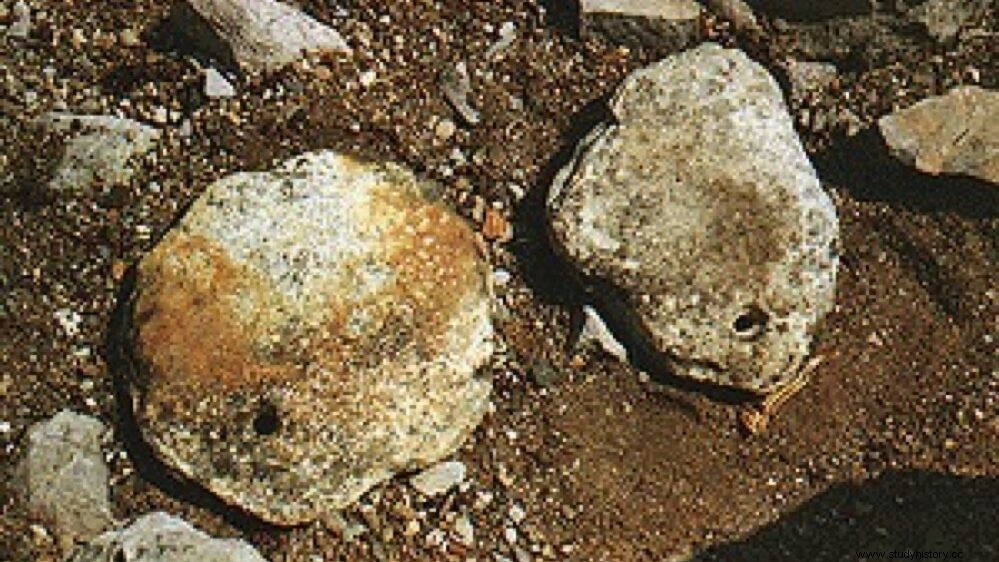Despite the fact that, from time to time, news of shipwrecks whose possible age exceeds 4,000 years appear in the media, at the moment the oldest shipwreck found and with confirmed dating is the Dokós shipwreck, which dates back to 2700-2200 BC. (Initial Helladic period).

It was discovered on August 23, 1975 by Peter Throckmorton between the southern coast of Greece and the island of Hydra, next to the small island of Dokós (ancient Aperopia) in the Argo-Saronic Gulf, from which it would take its name. Throckmorton was an American journalist who rose to fame in 1959 for finding the Cape Gelidonya wreck in Turkey, devoting himself thereafter to underwater archaeology, of which he is considered the father.

The Dokós wreck was 20 meters deep. Although the wood from the ship that once carried the cargo was long gone, evidence of the merchandise remained:hundreds of prehistoric Cycladic-type vases, pots, and other pottery, as well as common household utensils and lead ingots, from four thousand years old. More than 15,000 pieces were recovered from the seabed.
The site was excavated and investigated by the Hellenic Institute of Marine Archeology (HIMA), of which Throckmorton was a founding member, between 1989 and 1992, constituting the first large-scale survey of a shipwreck in Greece.
HIMA dated the pottery to around 2200 BC, making the wreck the oldest known to date. The merchandise most likely came from a factory in the Argolis, and was destined for trade in the small coastal towns around the Gulf of Argos and the Saronic Gulf.

About 40 meters from the main cargo, two stone anchors appeared, large perforated rocks that had probably been thrown overboard before the ship sank. Their number, size and especially the weight of the anchors suggest that they belonged to a relatively small ship weighing between 5 and 10 tons and 12 to 15 m in length. For this reason, some researchers have pointed out that the large number of ceramic remains may have belonged to more than one ship, which sank, capsized or dumped its cargo in Dokos Bay.

Apart from pottery the ship also carried millstones, obsidian blocks and blades from Melos. The egg-shaped and rectangular teeth (15 intact and 37 fragments) are made of volcanic materials that come from the Saronic Gulf region. The fact that the millstones had no traces of use reveals the commercial nature of the ship.
The Dokos sunken cargo is impressive in its quantity and the variety of types of pottery it contains. It is undoubtedly one of the largest known assemblages of Early Helladic pottery (3rd millennium BC) and testifies to the high level of pottery technology of this prehistoric period, just before the introduction of the wheel or lathe. potter.
